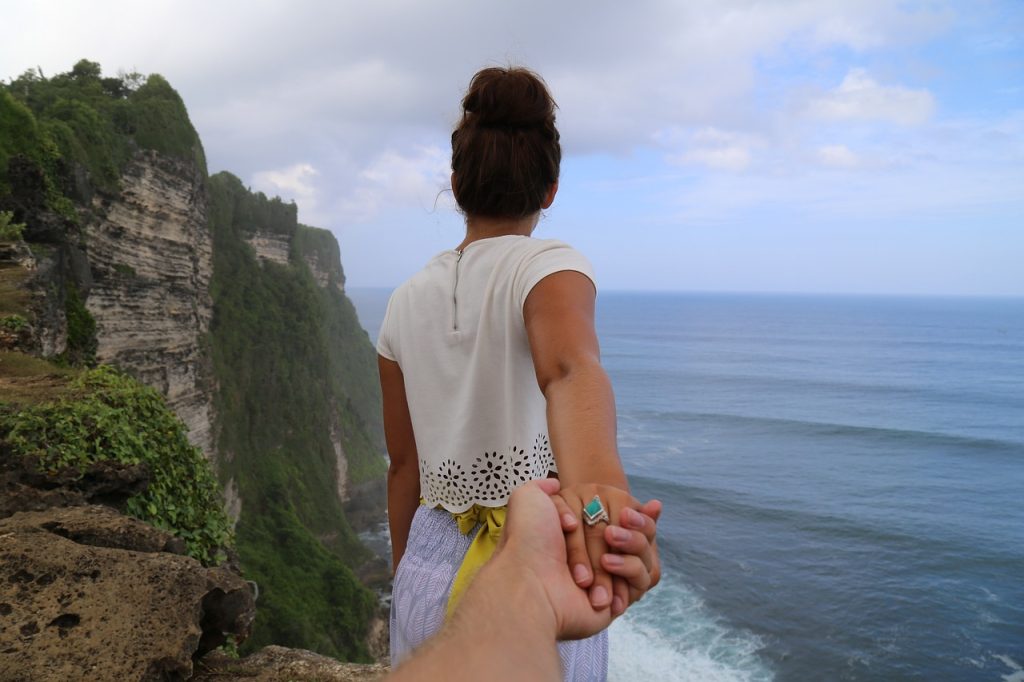Traveling can be an incredible experience that offers the opportunity to explore new places, cultures, and cuisines. However, it’s essential to have a well-planned budget to avoid financial stress during your trip. Creating a travel budget may seem like a daunting task, but it doesn’t have to be. This step-by-step guide will walk you through the process of creating a comprehensive travel budget, ensuring you have a memorable and worry-free vacation.
Step 1: Determine Your Travel Goals
Before you begin creating your travel budget, take some time to define your travel goals. Consider the following:
Destination: Where do you want to go? The cost of travel can vary significantly depending on the destination, so it’s essential to choose a location that fits your budget.
Trip duration: How long do you plan to travel? The length of your trip will directly impact your budget.
Travel style: Do you prefer luxury accommodations or budget-friendly hostels? Will you dine at high-end restaurants or sample local street food? Your travel style will significantly impact your overall expenses.
Activities: What type of activities and experiences do you want to enjoy during your trip? Some activities, like guided tours and admission fees, can add up quickly, so it’s essential to factor these costs into your budget.
Step 2: Research Your Destination
After determining your travel goals, it’s time to research your chosen destination. Use travel blogs, forums, and guidebooks to gather information about the average cost of accommodations, transportation, food, and activities in your destination. This will help you understand the expected expenses and better plan your budget.
Step 3: Create a Budget Spreadsheet
A budget spreadsheet is an essential tool for organizing your travel expenses. Create a simple spreadsheet using a program like Excel or Google Sheets, and include the following categories:
Transportation: Airfare, train tickets, bus fares, car rentals, and other transportation costs.
Accommodations: Hotels, hostels, vacation rentals, or any other lodging expenses.
Food: Daily meals, snacks, and beverages.
Activities: Tours, entrance fees, and other entertainment expenses.
Miscellaneous: Souvenirs, gifts, and other personal items.
Step 4: Estimate Transportation Costs
The first category to tackle in your travel budget is transportation. Begin by researching the cost of getting to your destination, which may include airfare, train tickets, or bus fares. Next, consider the cost of local transportation, such as taxis, public transit, or car rentals. Be sure to include any additional fees, like fuel or tolls, in your budget.
Step 5: Estimate Accommodation Costs
After estimating your transportation costs, move on to accommodations. Research various lodging options, such as hotels, hostels, and vacation rentals, to find the best fit for your budget and travel style. Remember to consider factors like location, amenities, and reviews when making your decision. Multiply the average nightly rate by the number of nights you plan to stay to get your total accommodation cost.
Step 6: Estimate Food Costs
Food is another significant expense when traveling. Research the average cost of meals, snacks, and beverages in your destination, and create a daily food budget. Be realistic about your eating habits, and include a buffer for occasional splurges or unexpected expenses. Multiply your daily food budget by the number of days in your trip to calculate your total food cost.
Step 7: Estimate Activity Costs
Next, consider the cost of activities and experiences you plan to enjoy during your trip. Research the cost of guided tours, entrance fees, equipment rentals, and other entertainment expenses, and add them to your budget. If you plan on participating in several activities, look for package deals or discounts to help save money. Also, remember to include some buffer for spontaneous activities or experiences that you may discover during your travels.
Step 8: Budget for Miscellaneous Expenses
In addition to the major categories listed above, be sure to include a miscellaneous category in your budget. This category should cover expenses like souvenirs, gifts, travel insurance, toiletries, and any other personal items you may need during your trip. It’s also a good idea to allocate some funds for unexpected expenses or emergencies that may arise while traveling.
Step 9: Add a Contingency Fund
No matter how well you plan, there’s always a chance that unexpected expenses will arise during your trip. To ensure you’re prepared for any surprises, include a contingency fund in your budget. This fund should be approximately 10% to 15% of your total budget and will act as a safety net for unforeseen costs.
Step 10: Review and Adjust Your Budget
Now that you’ve estimated all your expenses, it’s time to review your budget and make any necessary adjustments. If your total budget exceeds your desired spending limit, consider ways to cut costs without sacrificing your travel experience. For example, you might choose to stay in a more affordable accommodation, dine at budget-friendly restaurants, or prioritize which activities are most important to you.
Step 11: Start Saving for Your Trip
With your budget in place, it’s time to start saving for your trip. Determine how much time you have before your departure date, and calculate how much you need to save each month to meet your budget. Create a dedicated travel savings account, and automatically deposit a portion of your income into this account each month.
Step 12: Track Your Expenses While Traveling
As you embark on your trip, be sure to track your expenses to ensure you’re sticking to your budget. Use a smartphone app or a simple notebook to record your daily spending, and compare your actual expenses to your budgeted amounts. This will help you identify areas where you might be overspending and make adjustments as needed.
Step 13: Review Your Budget Post-Trip
After returning from your trip, take the time to review your budget and compare your actual expenses to your initial estimates. This will provide valuable insights for future trip planning and help you refine your budgeting skills.
Conclusion
Creating a travel budget may seem like a time-consuming task, but it’s essential for a stress-free and enjoyable vacation. By following this step-by-step guide, you can create a comprehensive budget that covers all aspects of your trip, from transportation and accommodations to food and activities. With a well-planned budget in place, you can focus on making the most of your travel experience, knowing that you’ve taken the necessary steps to manage your finances responsibly.







